The “Great Replacement” has been intensely debated in recent years. Right-wing authors, politicians and political movements like the Identitarian Movement use it to describe the process of mass migration to the West as a “replacement” of Western populations. Left wing critics denounce it as a “conspiracy theory” or, as the Southern Poverty Law Center described it, “the racist idea that white Europeans are being replaced by immigrants”.
This debate received new brisance after the terror attacks against Muslims in New Zealand in March 2019, when it became known that the Australian terrorist used the term “Great Replacement” to title his “manifesto” with. People who continued talking about a “Great Replacement” or of “population replacement” found this even more difficult than before, because of this association of the term with the terror attack.
But the topic “Great Replacement” will not disappear by not talking about it. The issues it is connected with – mass migration, problems of integration of migrants, “no-go areas”, etc. – will remain for the foreseeable future. Thus, it is important to gain clarity about what it means and how much truth there is in it.
This article series will attempt a systematic examination of the term. It will also describe the criticisms and allegations it faces and will examine how justified these are.
The main source for understanding what the term means will be the book Revolts against the Great Replacement (in German: Revolte gegen den Grossen Austausch), a collection of writings by the French author Renaud Camus who coined the term and who is one of the leading intellectuals of the European “New Right”.
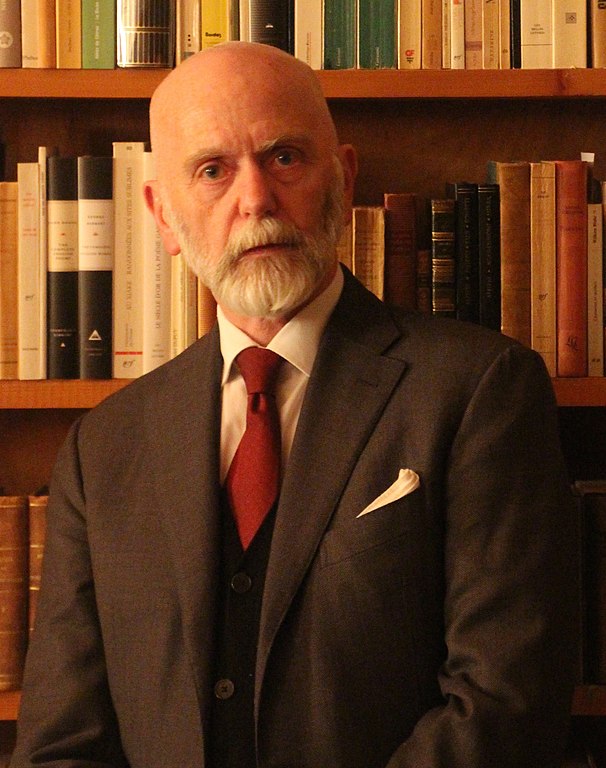
From Wikimedia Commons, licensed under the Creative Commons Attribution 2.0 Generic license.
The essays in the book were translated from the French to German by the Austrian author Martin Lichtmesz who also wrote the introductory chapter and interviewed Camus. The book contains this interview, too. All translations from German to English will be by The European Perspective.
In this first Part of the series the “Great Replacement” concept is broken down into three parts:
- The definition of the term “Great Replacement” as more or less value-neutral, factual statements about the demographic changes taking place in Europe, as seen by Camus and other people on the Right.
- Value statements attached to the “Great Replacement” by Camus and other people on the Right.
- The causes of the “Great Replacement” as seen by Camus.
The “Great Replacement” defined
The term “Great Replacement” (Le Grand Remplacement) was coined by Renaud Camus, as a certain echo of the term “Great Upheaval” (Le Grand Dérangement), the expulsion of thousands of French-Canadians by the British during the 18th century.
He defines the “Great Replacement” like this:
The “Great Replacement”: it is not a hypothesis, not a concept, not a theory, but a simple statement of a fact. It describes an all-encompassing phenomenon … a continuing process which will end with the dissolution of peoples and of civilization.
Camus, 2016, p. 161
Somewhat less dramatically, Martin Lichtmesz describes the term in the introductory chapter of the book Revolts against the Great Replacement like this:
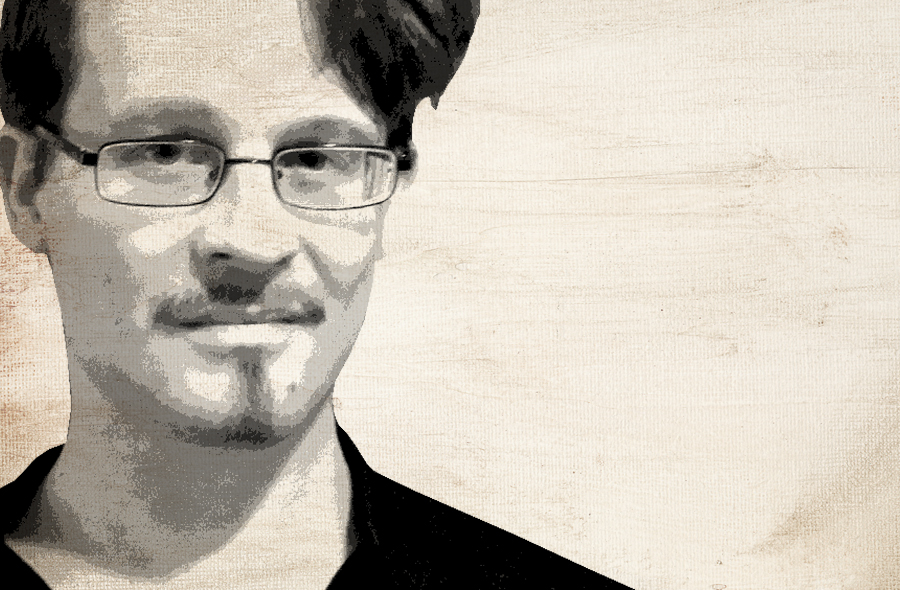
The term means the continuing process of the demographic “replacement” of the European native peoples by peoples of non-European origin.
Camus, 2016, p. 8
Camus himself describes the “Great Replacement” in vivid images. He asks, citing the German author Georg Christoph Lichtenberg (and Sigmund Freud), whether a knife, of which first the blade, then the handle is replaced, is still the same knife. Then he writes:
If one can recognize with naked eyes that a people is replaced by one or more other peoples with lightning speed, on its streets, in its old living quarters, in its city centers, in its underground railways, in its schools, on the TV screen, and in its oldest villages – is it then still the same people, even when its official name remains the same?
Camus, 2016, p. 45
Camus’ answer to the above question is a clear “no”: the people, in which large numbers of individuals are replaced by individuals of another type and of another culture, does not remain the same people.
Camus sees this as less of an ethnic or racial and more of a cultural issue:
I am not so much talking about the color of the eyes or of the skin or of different hair types. I am talking more of the way to dress, the manners and customs which are accepted in a house or in a city, of behavior patterns, of interests, of culinary, musical, aesthetic, social tastes.
Camus, 2016, p. 163
These differences between the native population and the immigrants are not getting smaller over time, on the contrary. This is because of the large numbers of immigrants arriving in a mass immigration. Camus writes:
Nations can integrate individuals as France has done it in its history. But they can’t integrate whole peoples.
Camus, 2016, p. 163
An integration or even assimilation is not happening also because the immigrants are not interested in these:
Over time the immigrants and their descendants become more and more themselves, that is, they correspond more and more to what their origins dictate for them.
Camus, 2016, p. 164
The term “Great Replacement” has a certain dramatic feel to it. Other, less dramatic sounding, but related terms are also used by some people. One of these terms is “population replacement”. For example, this is what Hans-Christian Strache, the current Vice-Chancellor of Austria said lately:

From Wikimedia. Licensed under the Creative Commons Attribution 3.0
[Population replacement] is a concept of reality. We do not want to become a minority in our own homeland.
Tagesschau, 30.04.2019
The United Nations also uses a related term: “replacement migration”. The document Replacement Migration: Is It a Solution to Declining and Ageing Populations?, issued by the UN Population Division in the year 2000, analyzes population trends and concludes that “replacement migration” is necessary to counteract the decrease of populations in Europe and in some other countries. This is how the Executive Summary of the report defines “replacement migration”:
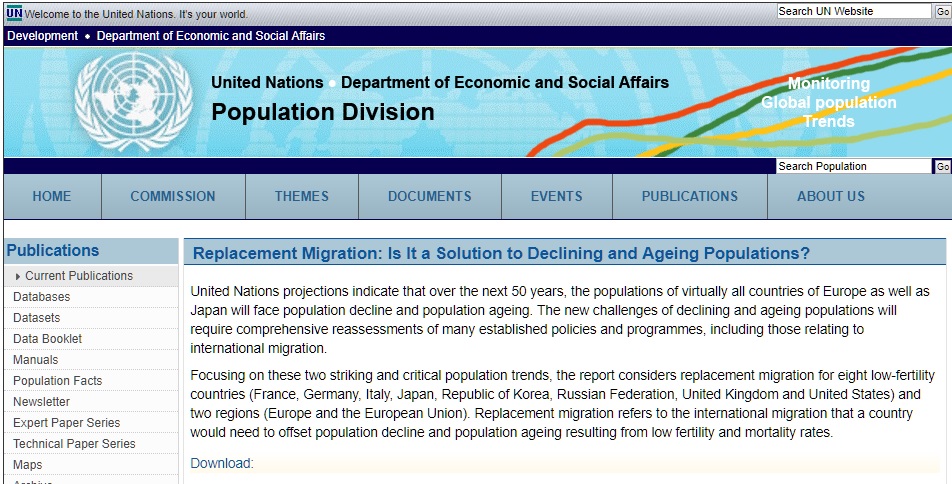
Replacement migration refers to the international migration that would be needed to offset declines in the size of population and declines in the population of working age, as well as to offset the overall ageing of a population.
Replacement Migration: Is It a Solution to Declining and Ageing Populations? Executive Summary, p. 1.
Note that none of these statements and descriptions mention anything about the “replacers”, the kind of the people who do the replacement – except that these people are different from the population to be replaced (if they were the same, then it would not make much sense to speak of “replacement”).
Also, although Lichtmesz and Strache name the people to be replaced as explicitly Europeans, for the UN Report mentioned above the potential replacement targets are a wider range of countries – including, for example, Japan.
Other people who talk about “population replacement”, like Alain de Benoist, also generalize the issue. Thus, it becomes the general concept of one population replacing another one, no matter which population plays the part of the replacer or of the replaced.
Furthermore, the “replacement” is not necessarily a full replacement of one population by another one. The UN Report talks about replacing the part of the original population which is “lost” due to demographic decline. Benoist talks about a “homogenization of the world”. However, it is quite clear that, even if only a substantial part of the original population is replaced in a country or a region, the resulting population of the country or region will be potentially very different from the original population.
In summary, one could define the “population replacement” as a large change in the population and culture of a country or a region, as a result of mass immigration. The “Great Replacement” is a slightly dramatized term which describes a version of this process in which the population under replacement is European and the replacing population is non-European.
Why is the “Great Replacement” seen as bad?
Lichtmesz, Camus, Benoist and activist groups the like Identitarian Movements in Europe state that a “population replacement” of European populations – the “Great Replacement” – is currently under way. This is an empirical statement which can be tested, and will be tested in the second Part of this article series.
But of course, they have value associations, too. For Camus, Lichtmesz, Benoist and others, the process is a negative one.
The main reason for this is simple: these people feel as patriots and their countries are their home. They feel that these are now under attack by mass immigration which threatens to change them beyond recognition.
Camus doesn’t say that all immigrants constitute such a danger for France. He writes:
There are many thousands of immigrants (from Algeria, Morocco, Cameroon or from Senegal) who, for France’s national community, constitute a greater asset, who are more capable, more honest, better educated and better citizens than a comparable group of native French.
Camus, 2016, p. 123
But he also maintains that cultures are not equal, and, on average, the culture of the immigrants from such countries is in many respects very different from that of France. Cultures can differ from each other with regard to criteria like
the general quality of life, the status of basic freedoms, the protection of individuals, respect for nature, care for the landscape, the rank of artistic production, the intensity and niveau of spiritual life, equality of the sexes, the maintenance of public peace, the level of trust among citizens, the firmness of consensus to follow laws, and so on.
Camus, 2016, p. 118
In addition to being a French patriot, Camus feels attached to Europe in general, to its traditions and culture, its habits, its architecture, its history. Camus, for example, calls himself both an anglophile and a germanophile.
Some, like Benoist, take an even broader perspective. They think that every people should have the right to their home and to an identity which is not threatened by the mass entry of people alien to them. For Benoist this is true “diversity”, a diversity of peoples and of cultures, each of them having their own home. Benoist said (quoted here):
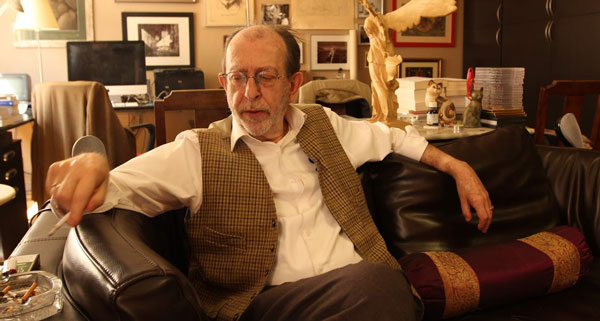
I am not fighting for the white race. I am not fighting for France. I am fighting for a world view. . . . Immigration is clearly a problem. It gives rise to much social pathologies. But our identity, the identity of the immigrants, all the identities in the world have a common enemy, and this common enemy is the system that destroys identities and differences everywhere. This system is the enemy, not the Other.
Another reason that opponents of the “Great Replacement” reject it is that they feel not just a disappearance of “Europeanness” and its replacement by alien people, traditions and culture, but also the appearance of a number of negative phenomena.
Camus mentions terror attacks, increased crime, violence on the streets, daily annoyances and a fight for resources. In addition to these, the life of the native population is restricted in various ways, members of whom
drown in speech regulations which don’t allow freedom … which have more or less forbidden the usage of traditional words of their home country: people, naturally, race, definitely, but also we, us, our, at our place, our home, our country, our language …
In addition, the right is taken from them to observe, to build an own opinion, to make their own judgments.
Camus, 2016, p. 99
What is the “Great Replacement” caused by?
What are the causal factors behind the “Great Replacement”, according to Camus?
He writes:
I have very little interest in determining exactly who is responsible for our fatal situation, except for very general statements about it … I don’t believe that a group of powerful and evil people met one day in an office, a salon, or a conference room to decide to force upon France and on all countries of Europe a radical change of their population.
Camus, 2016, p. 61
And he adds:
It would be fruitless to argue about who is responsible for allowing, wishing, encouraging the dissolution of peoples (or, as some others would say, their transformation to “diversity”): the Left or the Right, the workers, the Jews, the Catholic Church or the European Union.
Camus, 2016, p. 67
Some people blame America or Jews for immigration. Camus writes that he, too, used to criticize Jews in the past because of their support for immigration. But Jewish attitude to immigration has changed:
The majority of Jews and their most popular leaders have more and more recognized that immigration which … they had enthusiastically supported, is now creating a new antisemitism which today is much more virulent and dangerous than the old one.
Camus, 2016, p. 62
Nowadays, because of these changes in Jewish attitudes towards immigration, he has “very warm connections” to them (Camus, 2016, p. 63).
Though some other people blame the greediness of Western industry for fueling migration for financial reasons, this is not a decisive causal factor for Camus, either. The immigrants from poor countries don’t need to be stimulated by Western industry’s needs: their motivation to escape the circumstances in their home countries which are far poorer than the West and are governed by corrupt regimes is enough to make them set out on their journey to Europe (Camus, 2016, p. 68).
Thus, for Camus the decisive factors underlying the “Great Replacement” are the motivations of the migrants themselves, and one of these motivations is escaping poverty and misery.
In fact, what the migrants are doing is very similar to what the Phoenicians and antique Greeks were doing when they created colonies all over the Mediterranean: the surplus population of their cities was transferred to new Mediterranean coastal settlements. Thus, for Camus, the current mass migration of non-Europeans to Europe can be described as a colonization of Europe by these newcomers. And, because many of them come from previous colonies of European powers, he also calls the process counter-colonization.
But he also sees another motivation as a causal factor for immigration: a hostile intent in many immigrants, whose religion is mostly Islam. For them the process is not merely a colonization but a conquest. Camus illustrates this using an example:
I have a friend, a young man of Moroccan descent who feels a strong connection to France, its culture, its language, who many times told me how grateful he is to our common home country, France, for everything that it has done for him. He is a teacher in the Greater Paris region. Like his own family, almost all of his students stem from the other side of the Mediterranean sea … [these students] have the idea of conquering France in their heads, in their demeanor, in their language. For them this is an unavoidable fact which inspires them, fills them with pride and the realization of which they see as only a matter of time.
They laugh at my friend, the teacher, when he tells them that he is – just as they are – French.
Camus, 2016, p. 49
For Camus, the hostility of many immigrants might be explained by a revengeful attitude, resulting from the fact that their home countries had been colonies of Europeans.
Thus, for Camus, the “Great Replacement” is mainly driven by the – often hostile – motivations of the migrants themselves, resulting in a colonization of Europe by the migrants. In addition, though, Camus maintains that there have been powerful enabling factors for the “Great Replacement”. These are the political decision makers.
The political decision makers of the continent have been guilty of an unbelievable recklessness … in face of the demographic replacement which has been happening in front of their eyes, and which they even enthusiastically support.
Camus, 2016, p. 65
Summary
Thus, the “Great Replacement”, as conceived by Camus and some other opponents of mass migration, can be summarized as three things:
- The statement that a demographic replacement of European peoples is currently happening by non-European populations of alien cultures.
- The value statement that this is bad: the “Great Replacement” should not happen.
- The statement that the main cause of the “Great Replacement” are motivations of the immigrants themselves, in particular to escape poverty and a hostile intent to conquer Europe. European elites play an enabling role.
Criticism of the term “Great Replacement” mostly addresses these same points.
- Some critics reject its reality altogether: they insist that no replacement of European populations is taking place. Others criticize the usage of the term “Great Replacement” because it has been used by the “far-right” and by the Christchurch terrorist.
- Others accept that large scale demographic changes akin to what Camus calls “Great Replacement” are in fact happening (though naming these changes as “Great Replacement” is avoided). However, the negative value associations are rejected and these demographic changes are turned into a positive or at least harmless thing. Those who don’t accept this process as a positive one are often personally attacked and denounced as racists, Nazis, etc.
- With regard to the causes, the “Great Replacement” is routinely called a “conspiracy theory” by journalists and by other critics. The Cambridge Dictionary defines “conspiracy theory” as follows: “a belief that an event or situation is the result of a secret plan made by powerful people”. Thus, according to these critics, those who assert that a “Great Replacement” is taking place believe that it is the result of a secret plan made by powerful people.
In the forthcoming Parts of this series the above criticisms will be described in more detail and it will be examined how justified they are.
Literature
Camus, R. (2016). Revolte gegen den Grossen Austausch. Schnellroda: Antaios.
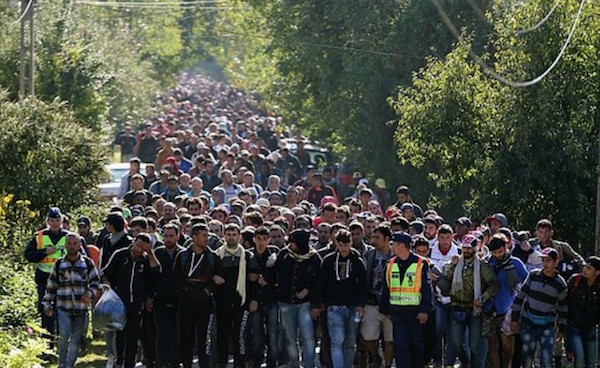
Be the first to comment on "The “Great Replacement”: Myth, conspiracy theory or reality? Part 1. Definitions"